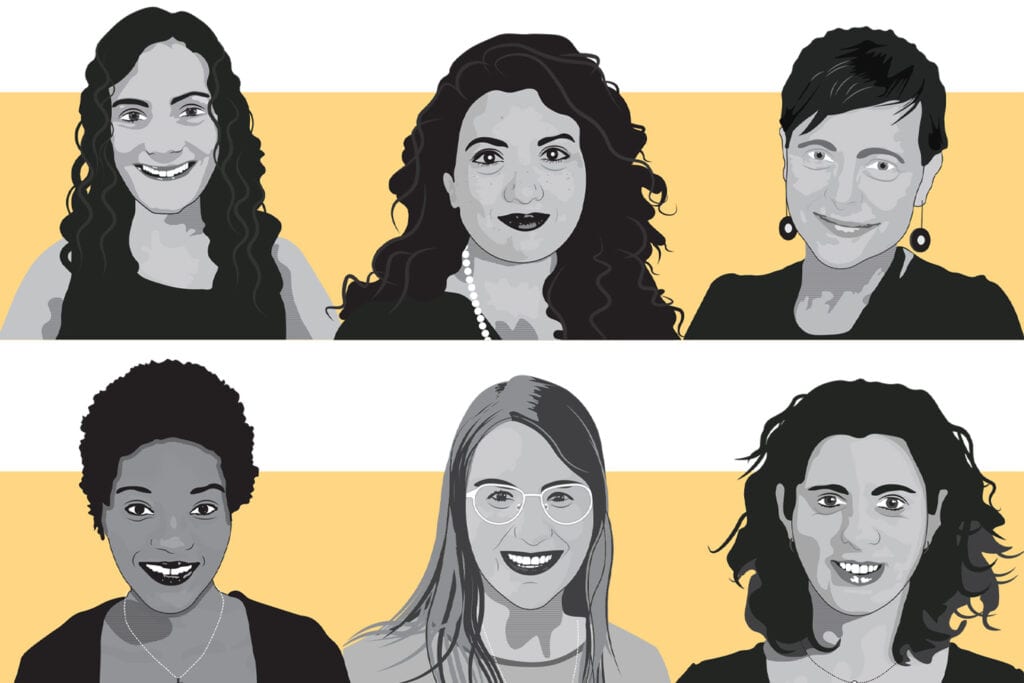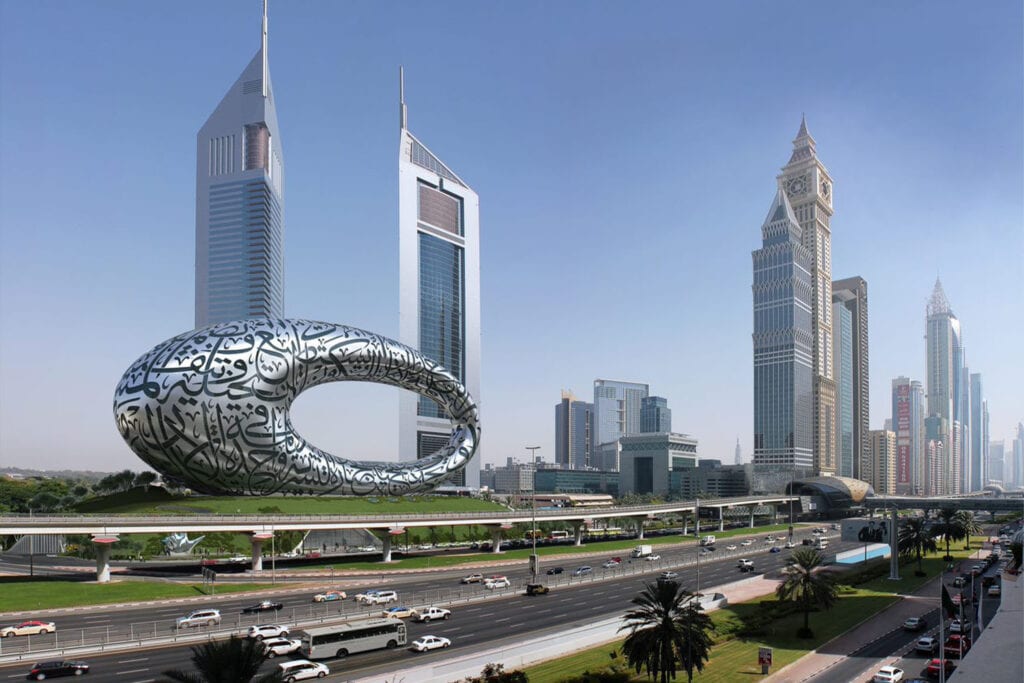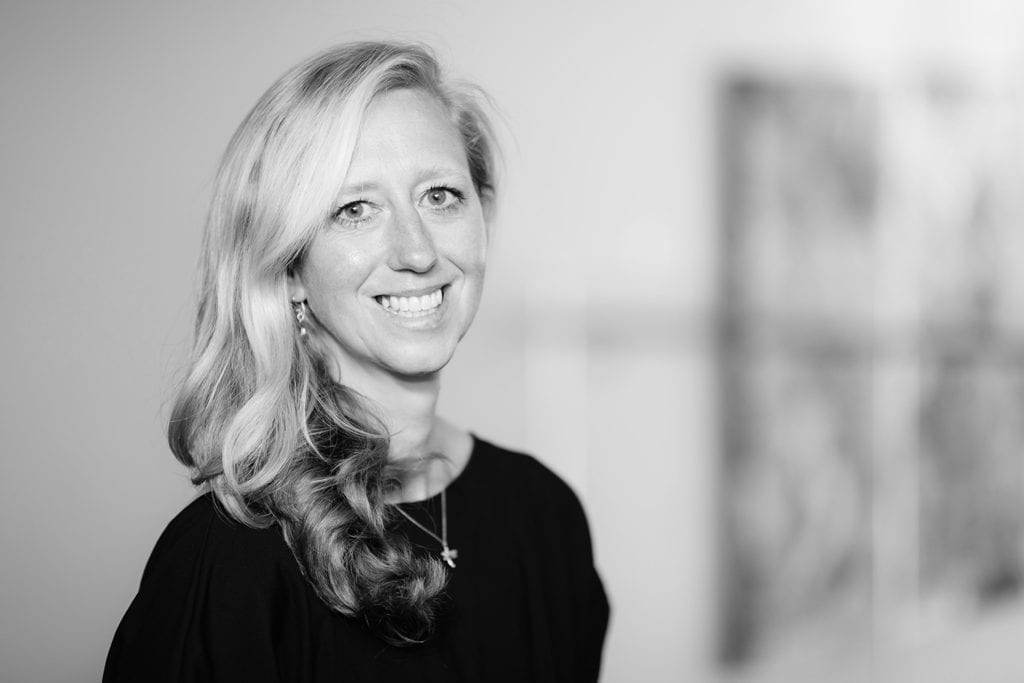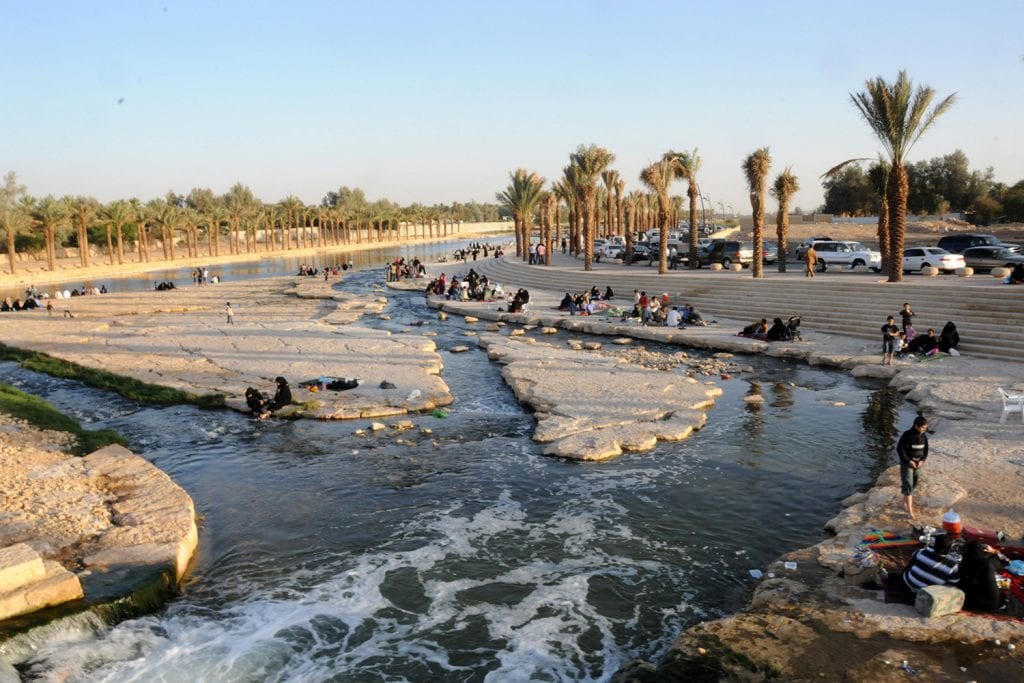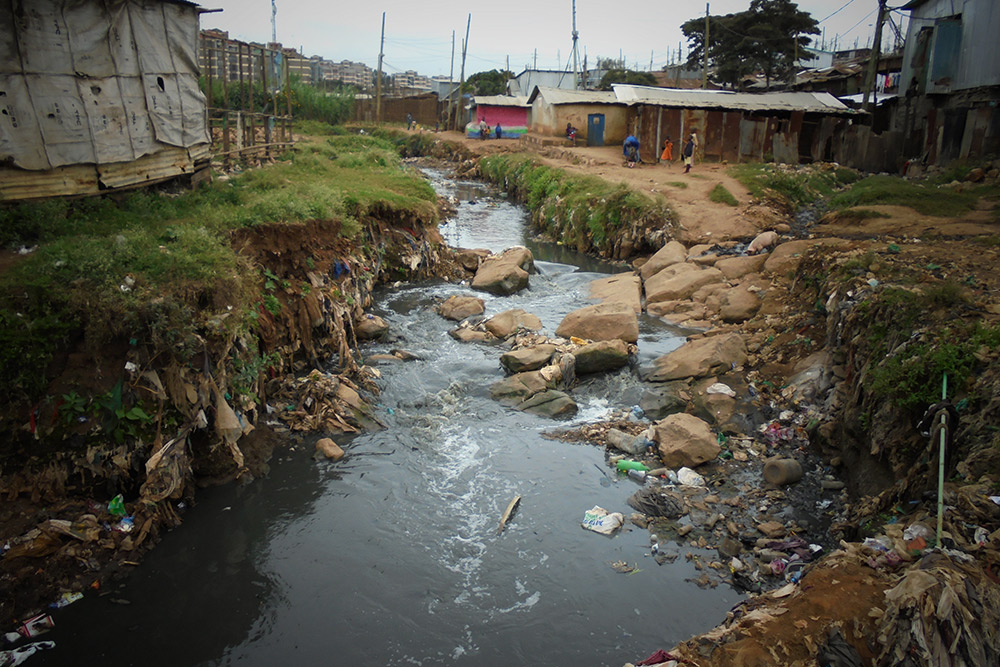The changing face of engineering
When I think back to the Civil Engineering Class of 1990 at Kingston Polytechnic, I recall that there were 50 students, two of whom were women.
This was a source of pride to one of my lecturers, who informed me that many red brick universities would love to have a 4% representation of women on their engineering courses.
At the end of the 90s I was preparing for my professional review at the Institution of Civil Engineers (ICE). I was reading a “How to pass” book that suggested, come review day, I should wear a plain white shirt with a tie and a suit, and that, furthermore, the suit should be plain grey. I have never really liked being told what to do, so I rebelled and sat the review in a plain white shirt, tie and navy suit. It seemed to go ok.
In 2021, it is hard to reconcile these early memories with my role as Director of the Buro Happold Water Group. The engineering principles and processes remain largely unchanged, but the nature of the engineer has changed hugely over my 30+ years in the industry. Perhaps the most striking change is the gender balance, with nearly a 50/50 split across the Water Group. Of course, there is a lot more to diversity than gender.
The gender pay gap analysis tells us that significant challenges remain when it comes to representation at senior levels. Nevertheless, it is welcome truth that women in engineering are no longer an exception; they are merely exceptional.
There are other differences in our team, including the variety in educational backgrounds. There remains no shortage of Civil Engineering degrees, but these are now supplemented by MScs in Water Engineering, Environmental Studies, Innovative Technologies and other specialist subjects. There are Oceanography degrees, Geology too. An Archaeology degree and a passion for water?
Leave your trowel and brush in reception, and come on in. This evolves into a range of professional affiliations; with full, chartered membership of the ICE, CIWEM, CIBSE, Engineers Australia and the MIMarEST within our team.
This diversity in gender, educational background and professional affiliation, allied with the natural evolution in generational ways of thinking and expectation provides significant benefits. There are new skills, increased levels of creativity, innovation and higher levels of staff engagement. We recruit more easily and more inclusively. Our reputation is enhanced as our profitability remains amongst the highest in the practice.
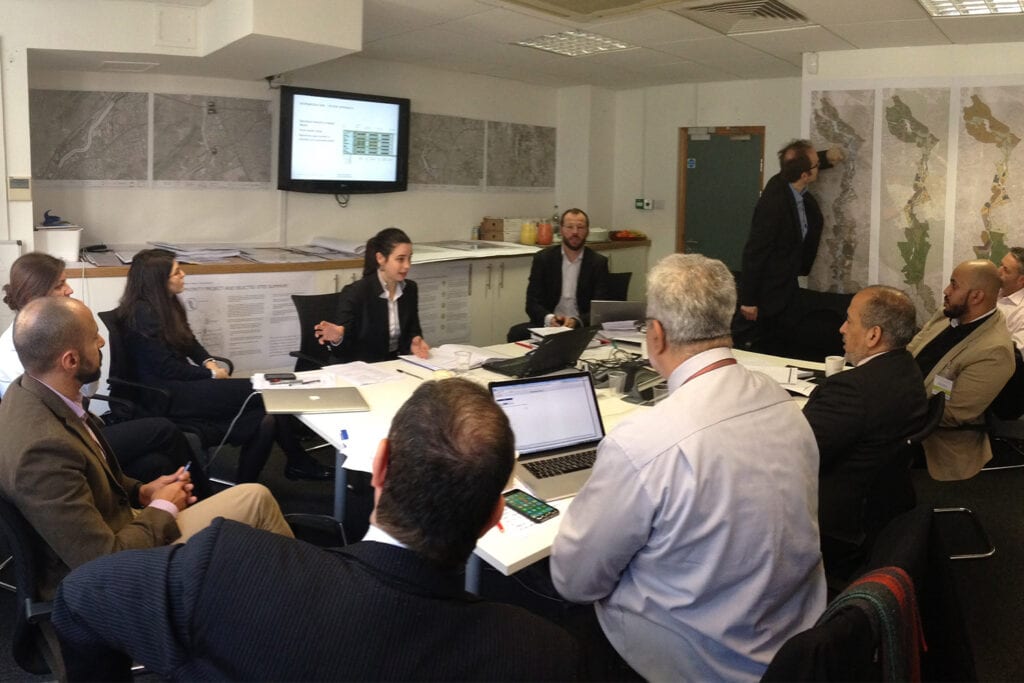
An example of these benefits is a project that began with one of our young engineers. She imagined how the derelict rail and tramlines lines in her native city of Glasgow might be reimagined, creating a network of connectivity, environmental rehabilitation and commercial stimulation. A little seed funding has gone a long way and her team is now enjoying ongoing discussions at City Council and central government level to take this project from idea to feasibility.
Whilst I think it would be foolish to say that 20 to 30 years ago, young engineers lack the intelligence to birth a project from nothing, I am aware that my engineering peers were unlikely to possess the same sense of creativity, confidence and freedom in the way our young engineers do now.
Whether you call it consulting, envisioning or forward integration, for me, it is just brilliant engineering. It has the engineer dining at the head table, preparing and devouring the earliest courses of the meal. It is what we did in the nineteenth and first half of the twentieth century, and it is a theme that was explored by my colleague, Associate Director Duncan Ker-Reid, in his article “Thinking big to solve the flood risk challenges posed by climate change”.

Our group is fortunate to have a significant part of our work in the Middle East; an extremely challenging and rewarding environment for water engineers to practice their expertise.
A few years ago, we were presenting our proposals for the environmental rehabilitation of a wadi to our client, when their client Secretary-General, an extremely thoughtful and wise man, stopped us and enquired where the female engineers that we spoke of were. We replied that, given the cultural significance of the city, we assumed that it might be more sensitive for our male engineers to deliver the presentations.
The response of the Secretary-General will stay with me forever, “This is our city and we will tell you who is welcome. Next time, bring the team that carried out the work.” It was delivered with a smile, but the message was clear; do not judge us and, I suspect, do not deny us the value of the modern engineer.
Over the next few years, several of our female engineers travelled to this special city. All were welcomed and respected without condition. Watching one of our female team members presenting to a crowd of senior officials, is one of the most impactful moments of my career.
It will be nice to get back to the office this year. I will not be digging out the old suit, but I will enjoy the freedom of expression and diversity of thought that surrounds me. The world continues to evolve and our teams, in their own quiet, sometimes small way, are playing an important part in this change.


